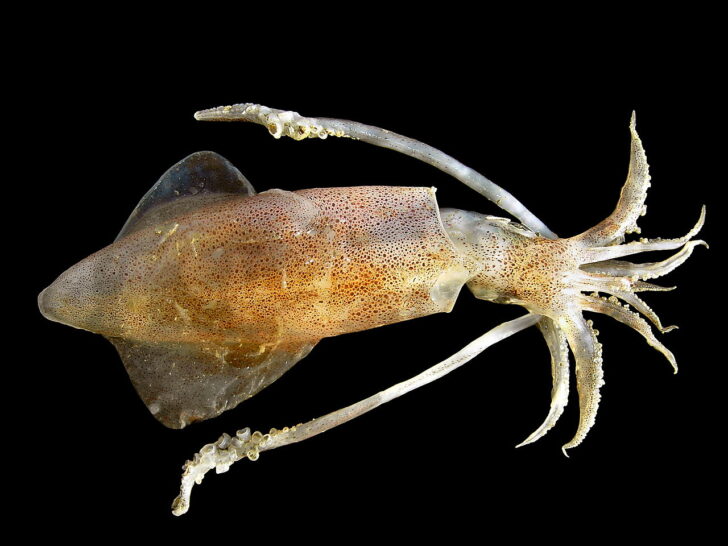Squid-inspired material heals in a matter of seconds

A newly developed material completely restores structure and original properties in no time at all - over and over again.
A soft material that instantly heals itself is no longer fiction but reality. A team of scientists at the Max Planck Institute for Intelligent Systems and Pennsylvania State University is changing the nanostructure of a new ductile material until it can fully recover its structure and properties after being cut or punctured. The squid-inspired material could revolutionize the field of soft robotics research. Because it can reverse any damage, it enables many applications in a world where robots have to cope with dynamic and unpredictable environments.
Scientists at the Max Planck Institute for Intelligent Systems (MPI-IS) in Stuttgart, Germany, and the Pennsylvania State University (PSU) in the USA have developed a soft material that can heal itself within a second after damage. The molecules of previously deformable self-healing materials take several hours or even days to recombine - often with low strength at the point where they were punctured or cut. However, the newly developed stretchable material completely restores its structure and properties in no time at all - over and over again.
"We have developed a new material that can heal much faster without losing its strength. We damaged it in a variety of ways and each time it repaired itself within seconds," says Dr. Abdon Pena-Francesch, first author of the publication "Biosynthetic self-healing materials for soft machines", published in Nature Materials on 27 July.
Self-healing soft materials are attracting increasing interest from scientists, in particular in robotics. In robotics, such a unique material could be the decisive factor in determining whether robots can actually be used in everyday life. After all, if one day robots are to support people in very dynamic and unpredictable environments, they should be made of a soft and flexible material. But the softer the material, the faster it breaks down. This limits the durability and performance and thus the practical use of robots. Self-healing forces within seconds could compensate for this shortcoming. In the future, such robots could be used in many areas, for example in dangerous situations such as earthquake rescue. Or the material could be used for protective clothing, for example gloves that can repair themselves immediately after a cut.
Dr. Pena-Francesch and his co-authors Dr. Huihun Jung and Prof. Melik C. Demirel from the PSU and Prof. Metin Sitti, Director of the Department of Physical Intelligence at MPI-IS, were inspired by nature and the many wonders of the earth. They were looking for a model of how such an intelligent material could be built. "Our goal was to use Synthetic Biology to create a self-healing, programmable material whose physical properties we could control," says Prof. Demirel. The team then studied the molecular structure and amino acid sequences of squid proteins. Based on this, they used protein engineering to develop the flexible, rubber-like material. "We changed the molecular structure in such a way that we were able to push the self-healing powers of the material to the limit," he adds. "We were able to shorten a 24-hour healing period to one second. Soft robots built from this material could now immediately repair themselves. In nature, self-healing takes a very long time. "Our technology puts nature in the shade."
An octopus takes longer to heal because the protein molecules in its tentacles are only patchily intertwined. In the material developed in the laboratory, the scientists altered the nanostructure of the molecules so that they are all connected to each other. "A network in which only a few points are connected to each other contains weak points. But we have linked all the points together and thus improved the material," explains Pena-Francesch. In addition, while the molecules of previous flexible materials have permanent connections that cannot be reassembled once they are separated, the situation is different with the new material. Every physical connection is reversible. Connections that have been separated at one point click back into the correct position.
A supramolecular network with unprecedented self-healing properties opens up a large unexplored field of potential applications in robotics: "Self-repairing physically intelligent soft materials are essential for the construction of robust and fault-tolerant soft robots in the near future," says Prof. Meti
Source: Chemie.de – Tintenfisch inspiriertes Material heilt sekundenschnell
Original article: Nature - Biosynthetic self-healing materials for soft machines